Gang,
I've recently started to explore the ability of my D300 to shoot in B&W and am absolutely thrilled at the images.
My question, and I'm ready to hear how very stupid it is, is this: Is there a "dedicated" or just preferred lense for shooting in B&W?
Thanks in advance.
Bill
I've recently started to explore the ability of my D300 to shoot in B&W and am absolutely thrilled at the images.
My question, and I'm ready to hear how very stupid it is, is this: Is there a "dedicated" or just preferred lense for shooting in B&W?
Thanks in advance.
Bill



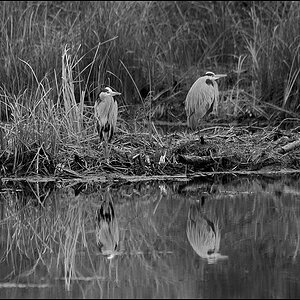

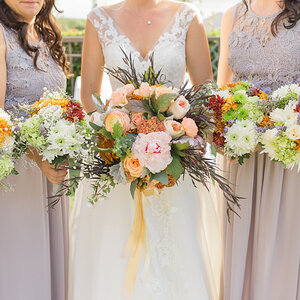



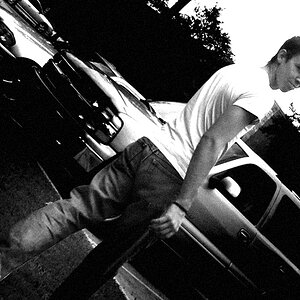
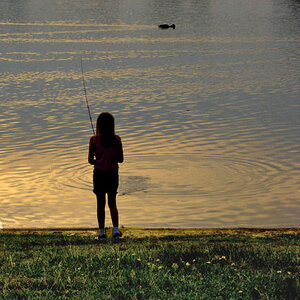


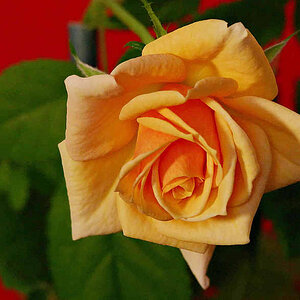
![[No title]](/data/xfmg/thumbnail/37/37133-3388fda4190cd07dbd7950af7b6ca646.jpg?1619737884)